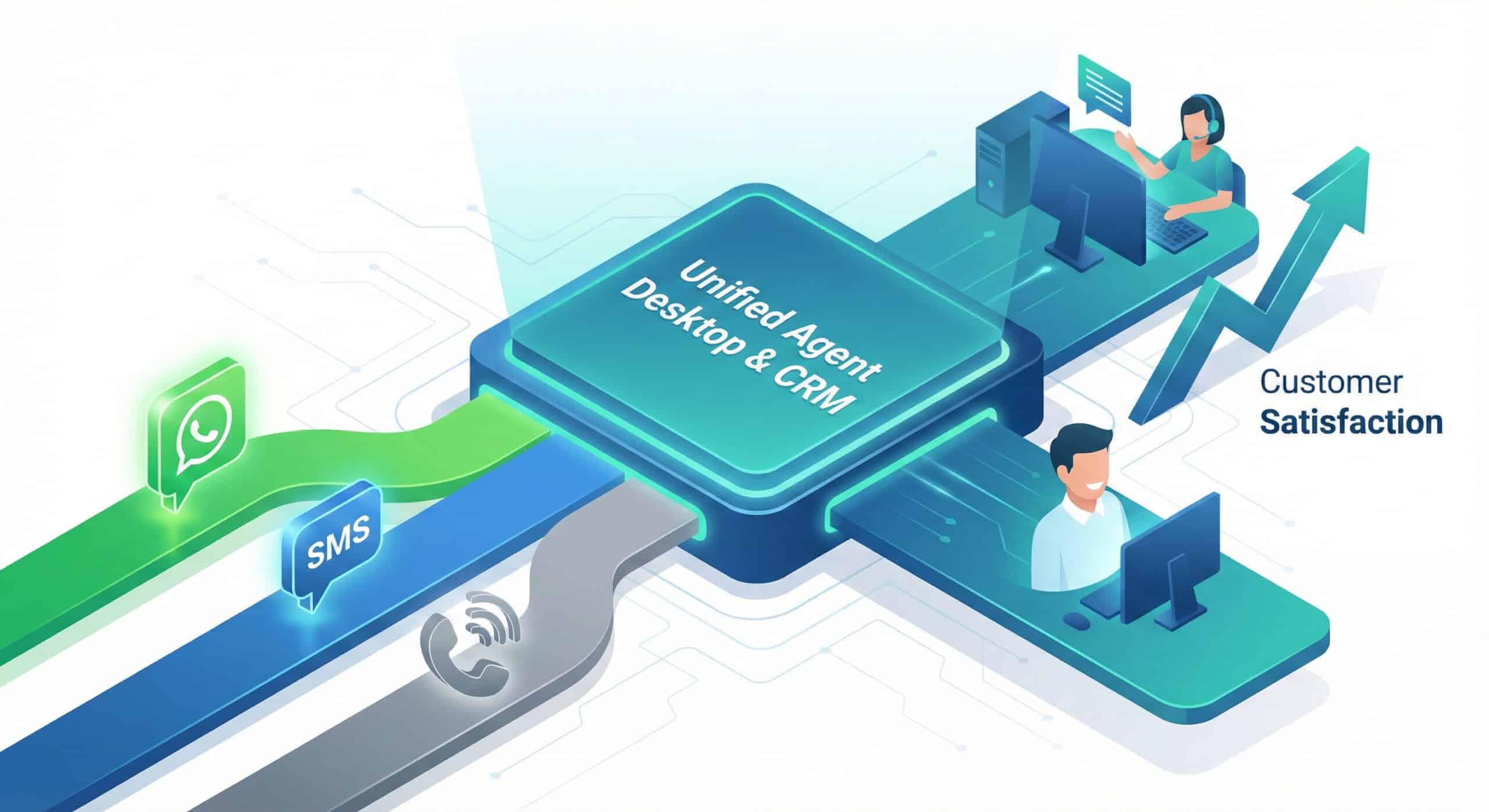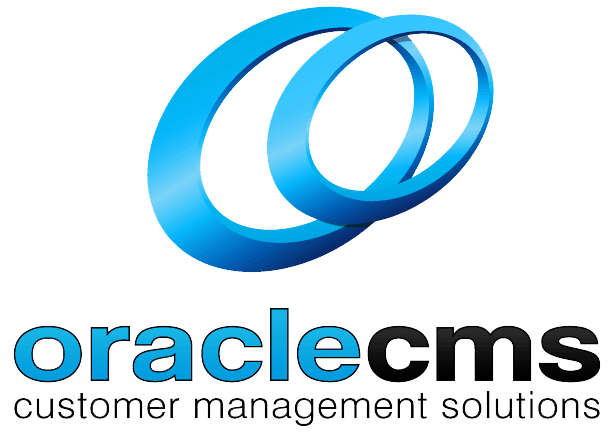
Practical Ways to Integrate WhatsApp and SMS into Contact Centre Workflows
WhatsApp and SMS have become two of the most widely used communication channels for customers across Australia. People expect quick responses, convenient messaging and the ability to engage with businesses without waiting on hold. For contact centres, integrating these channels into existing workflows is no longer optional. It is a practical way to reduce friction, improve service speed and give customers the flexibility they prefer.
Many organisations now leverage Australian contact centre services to provide the structured support needed to unify WhatsApp, SMS, and traditional communication channels. This cohesive setup ensures customers receive consistent, professional assistance regardless of how they choose to reach out. Furthermore, this integration allows teams to manage volume more efficiently, resulting in a significantly stronger customer experience.
Why WhatsApp and SMS Matter for Modern Contact Centres
Customers increasingly prefer messaging for simple enquiries because it allows them to communicate on their own terms. This shift reflects broader behavioural changes: people expect quick replies, short-form communication and less reliance on voice calls for routine tasks. WhatsApp and SMS also achieve far higher open and response rates than email, which means important messages are seen and acted on faster.
For contact centres, the value lies in how these channels reduce pressure on phone lines and support asynchronous communication. Customers can send a message, step away and return later without losing their place in the queue. This flexibility reduces frustration and increases satisfaction, especially in high-volume environments.
Core Principles for Effective Messaging Integration
Integrating WhatsApp and SMS successfully requires more than simply adding new channels. The service needs to feel unified, organised and consistent with the contact centre’s existing processes. This starts with maintaining the same standards for accuracy, tone and professionalism across every interaction.
It is also important to align the messaging channels with established call flows. Messages should route to the right teams, and all customer data should sync with the central systems used for calls and email. This ensures agents have a complete view of every customer. Contact centres must also comply with Australian privacy and record-keeping rules, ensuring message logs are stored securely and handled responsibly.
Practical Ways to Integrate WhatsApp into Contact Centre Workflows
A centralised inbox is one of the easiest and most effective ways to incorporate WhatsApp. Instead of treating it as a separate channel, agents manage WhatsApp conversations alongside calls, emails and chat. This unified interface helps staff stay organised and makes queue distribution easier to manage.
Automated greeting messages on WhatsApp are another useful tool. These introductory prompts help identify customer intent and route enquiries more efficiently. They also allow customers to receive immediate acknowledgement, even during busy periods. WhatsApp’s support for rich media further enhances problem resolution. Customers can send photos, videos or documents, which often provide more clarity than a phone conversation alone.
Integrating WhatsApp with the CRM is important for maintaining continuity. When all WhatsApp interactions sync with a customer’s history, agents can move smoothly between channels. This also supports consistent follow-up, such as sending appointment confirmations or satisfaction surveys after a call.
Practical Ways to Integrate SMS into Contact Centre Workflows
SMS is particularly useful for service notifications and time-sensitive information. Businesses can deliver updates such as service interruptions, appointment reminders or delivery details directly to the customer’s phone. These messages are usually read within minutes and help reduce inbound call volume triggered by uncertainty.
Two-way SMS provides another layer of support, allowing customers to respond directly to messages with simple enquiries. This keeps routine questions out of the voice queue and frees agents to handle more complex issues. Incoming SMS messages can also be routed to specialised teams to ensure customers receive accurate assistance quickly. For urgent matters, SMS is a fast and reliable channel for escalations, particularly for industries that require rapid communication.
Unifying WhatsApp and SMS with Existing Contact Centre Systems
The largest gains come when WhatsApp and SMS are fully integrated with the core systems already operating within the contact centre. Fragmented channels cause duplication, missed messages and inconsistent information. Integrating messaging with CRM platforms, ticketing systems and knowledge bases ensures that every agent has the full context of the customer’s journey.
This unified setup also prevents customers from needing to repeat information when switching channels. When an SMS enquiry escalates to a phone conversation, the agent can instantly see the message thread and pick up without delay.
Automation Opportunities Across WhatsApp and SMS
Automation enhances the efficiency of messaging channels and reduces repetitive tasks. Chatbots powered by natural language processing can gather basic customer details, identify common issues and handle predictable enquiries. These bots improve triage and reduce the workload on human agents, while still allowing seamless handover when needed.
Automated reminders and follow-ups are another effective use case. SMS and WhatsApp can deliver updates about payments, bookings or renewals. Intelligent call deflection is also increasingly used. During high call volumes, customers can be offered the option to move their enquiry to WhatsApp or SMS, reducing queue times and improving satisfaction.
Ensuring Compliance and Data Security in Mobile Messaging
Australian businesses must comply with the Australian Privacy Principles when handling personal information. This applies to WhatsApp and SMS interactions just as much as emails and phone calls. Contact centres need systems that securely store message logs, maintain retention policies and provide a clear audit trail for regulated industries.
Data security is particularly important when sensitive information is exchanged. Structured processes ensure that messages are handled securely and that customer details are protected throughout the workflow.
Measuring the Success of WhatsApp and SMS Integration
Measuring performance helps refine the messaging strategy over time. Key metrics include:
- Response and resolution times
- First contact resolution rates
- Customer satisfaction scores
- Call deflection impacts
- Message delivery and completion rates
These insights allow contact centres to optimise routing, improve agent training and identify where automation may need adjustment.
Examples of How Different Industries Use Messaging Channels
Different industries use WhatsApp and SMS in different ways, but the benefits are consistent across sectors. Healthcare providers use messaging to send appointment reminders and patient updates. Retailers rely on it for order confirmations, delivery notices and stock updates. Utilities send outage alerts and billing reminders, helping reduce inbound enquiries during service changes. Professional services use messaging to support onboarding and provide clients with quick access to important updates.
These examples show how messaging channels support both operational efficiency and stronger customer relationships.
When Contact Centres Add the Most Value to Messaging Integration
Contact centres streamline the process of adding new channels by providing trained staff, structured workflows and advanced systems already capable of handling high-volume messaging. This support is particularly beneficial when message volumes increase or when businesses expand nationally. Contact centres maintain consistent quality across all channels and help strengthen the customer experience during growth.
How Outsourced Contact Centres Support Long-Term Growth
As businesses evolve, their communication strategies often become more complex. Contact centres offer scalability and flexibility, enabling organisations to expand their messaging capabilities without increasing internal staffing. They also provide access to advanced tools, multi-channel support and continuous optimisation, all of which contribute to a stable customer experience over time.
Conclusion
Integrating WhatsApp and SMS into contact centre workflows is a practical way to improve responsiveness, reduce pressure on phone lines and meet modern customer expectations. These channels offer speed, convenience and accessibility, while contact centres provide the structure, systems and professional handling needed to manage them effectively. When integrated well, mobile messaging becomes a powerful driver of efficiency and customer satisfaction.
FAQs
Q1: Can WhatsApp and SMS reduce call volumes in contact centres?
A1: Yes. Routine enquiries often move to messaging channels, which reduces pressure on the phone queue and improves agent availability for complex issues.
Q2: Do customers trust WhatsApp and SMS for important updates?
A2: Most customers prefer these channels because they are fast, convenient and easy to access, especially for reminders and confirmations.
Q3: Do agents need separate training for WhatsApp and SMS?
A3: Agents may require guidance on tone, message structure and response management, but the workflow becomes straightforward once integrated into unified systems.
Q4: Can automated messages replace human agents?
A4: Automation supports basic tasks, but human agents remain essential for complex enquiries, customer reassurance and personalised assistance.
Q5: Is messaging integration suitable for small businesses?
A5: Yes. Even small organisations benefit from the speed and efficiency of WhatsApp and SMS, particularly when working with a contact centre that manages multiple channels on their behalf.



